An Electric Mind at An Early Age
Nikola Tesla no doubt had an electric mind that never seemed to be able to shut down. It’s what earned Tesla the title of the most creative and innovative mind of the nineteenth century (one of the greatest in human history).
Tesla held numerous patents and was constantly inventing new devices and ways to improve the world around him. But Tesla was more than just an inventor; he was a well-rounded intellectual in many fields. Tesla not only had the ability to perform complex math equations in his head, but he also spoke 8 languages and had a highly photographic memory.
However, with great minds come great struggles, and Tesla was no exception.
Besides suffering from a history of mental illness, Tesla received great ridicule for most of his professional life in the form of aggressive confrontations with competitors, estranged allegations, and slanderous propaganda.
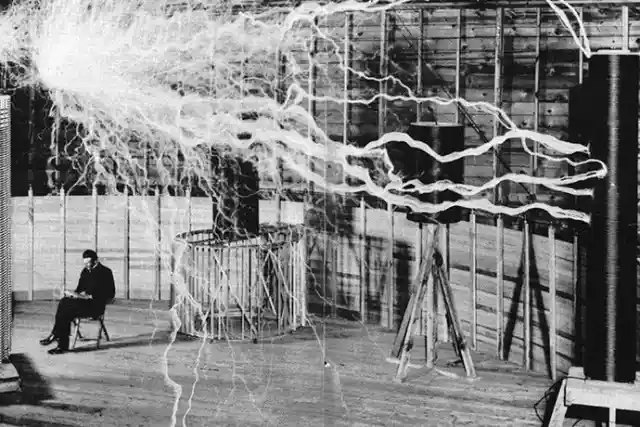

Despite his future in technology, Tesla’s roots stem back to the “simple life,” having been born and raised on his family’s farm in Croatia in 1856. His father was a holy man for the Serbian Orthodox church, while his mother tended the homestead and cared for young Nikola.
Tesla’s inquisitive mind was evident from an early age. He was always fascinated by how things worked. Like most creative minds, he would “fix things that weren’t broken” by disassembling them only to reassemble them.
It was easy to notice his obsessive personality early on, which would eventually lead to his grueling work hours. During his college years, he studied electrical engineering at the Polytechnic Institute in Austria, where he easily rose to the top of his class. Tesla could do such complex arithmetic in his head that his professors thought he was cheating.
Slowly Consumed By Passion
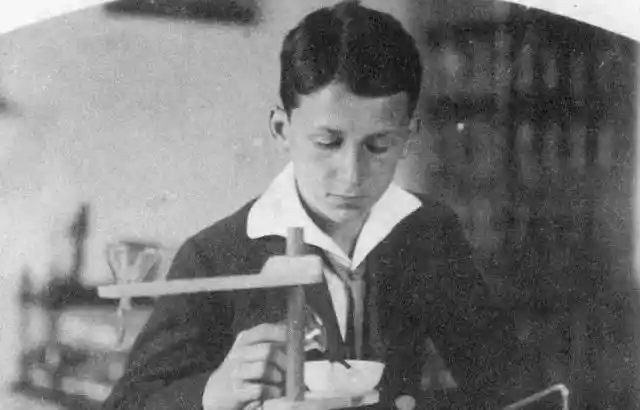

When it came to the imagination, Tesla already had a highly eccentric mind, but once he started reading about “Direct Current Motors,”(DC motors) that dial was cranked even higher.
After a thorough examination, he concurred that there were numerous drawbacks in direct current that could be improved. The problem was that direct current wasn’t very efficient or sustainable, and armed with this knowledge, he set out to solve the problem.
He was quickly consumed by the task of resolving this. Tesla would usually start working around 3 a.m. and work until 11 p.m., with almost no breaks in between.
He was fixated.
So much so that his school reached out to his father, concerned that his overwork might actually kill him. But both the schools’ and his father’s warnings went unheeded, and he persisted with his project. This behavior eventually caught up with him, and to relieve his mental anguish, he started gambling, which quickly became an addiction.
He was forced to drop out of UNI during his third year because he no longer had the financial or mental capacity to complete his degree.
Alternating Current (A Legacy)
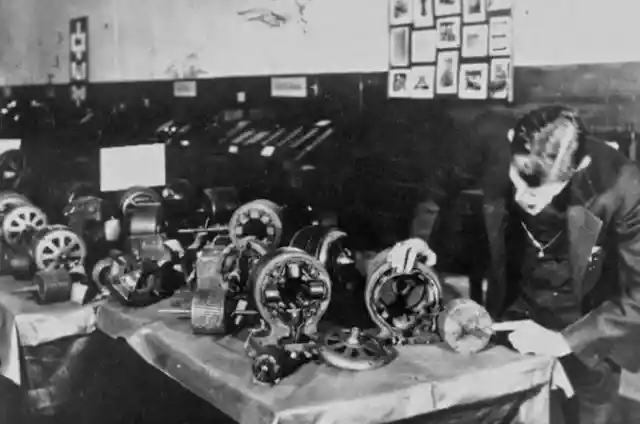
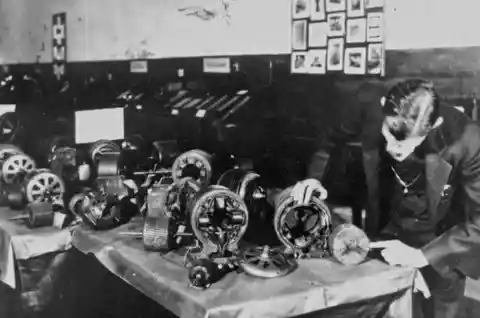
Nikola Tesla is best known for his discovery of alternating current. This is known as AC, and it powers every building you will be inside today.
Now, Tesla did not technically “discover” alternating current. However, he was the first to master it and harness its full potential. This was Tesla’s solution to DC (direct current), which he considered inefficient and archaic.
He invented it in 1881 when the majority of the world was still dark and only lit by fire. Tesla eventually used alternating current to power more than just lights, but also cars.
However, some people were not pleased…
Angry Edison
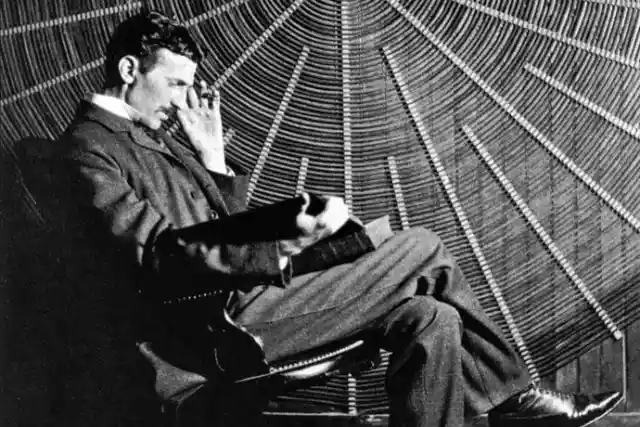
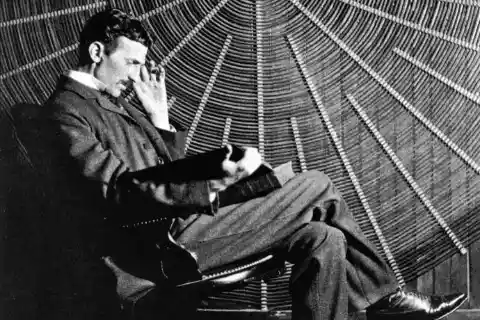
During this time, Thomas Edison was busy inventing useful things in the United States. In 1884, Tesla left Europe for the United States, carrying a letter of recommendation in his pocket, eager to work with the “great Edison.”
After hearing about his inventions and ideas, Edison hired him on the spot, fulfilling his dream.
But this relationship quickly soured.
Tesla was initially offered a $50,000 contract to work on and improve the workings of the Edison. Unfortunately, this would turn out to be Edison’s bait and switch. Tesla was unhappy with the job, but he needed the money for personal projects. He quickly succeeded in improving Edison’s motors, but when the time came for payment, he was refused.
“When you become a full-fledged American, you will appreciate an American joke,” Edison quotably explained.
This was the wedge that separated the two inventors and instilled vengeful rage in Tesla. He immediately quit his job with DC Motors and went out to start his own business venture, Tesla Electric Car Company, to not only help the world but also tank Edison.
Walking Away Too Soon
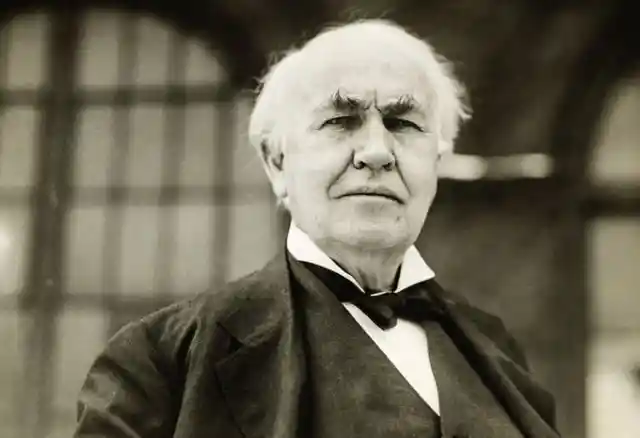
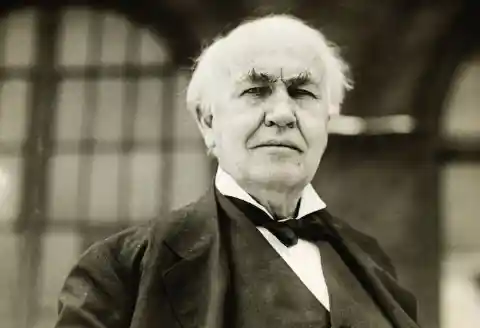
During this feud, Edison launched aggressive and slanderous propaganda campaigns against Tesla. Edison knew Tesla had the right idea, but he couldn’t afford to lose his profits. He began spreading rumors about the dangers and ineffectiveness of alternating current.
If that wasn’t bad enough, Edison was known for publicly electrocuting animals with alternating current to demonstrate how “unsafe” it was. Of course, this was all a lie.
Tesla eventually signed an agreement with Westinghouse Electric to assist in the production and development of its own fleet of electric vehicles. Unfortunately, Westinghouse began to struggle financially and eventually asked Tesla to return his royalty money, claiming that without it, the entire company would fail.
Tesla returned the funds, allowing Westinghouse to win the “current war.” This did, however, deprive Tesla of millions of dollars that were rightfully his, making this a tragic story for him.